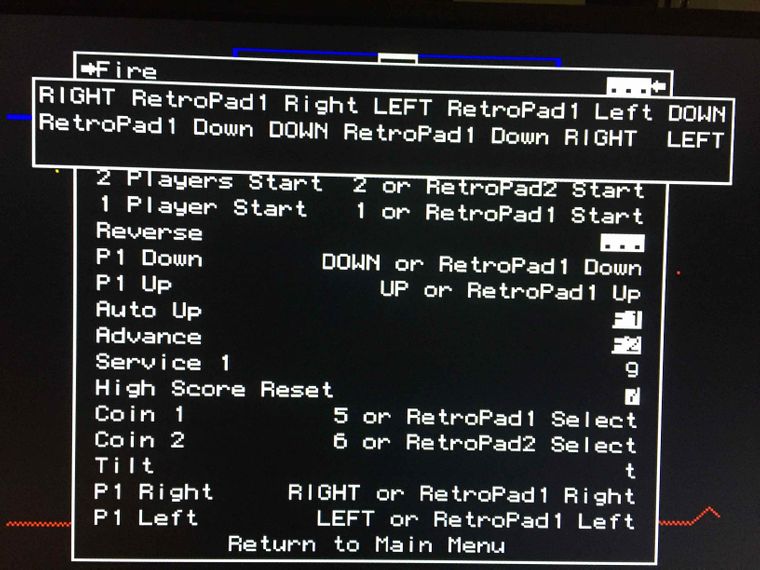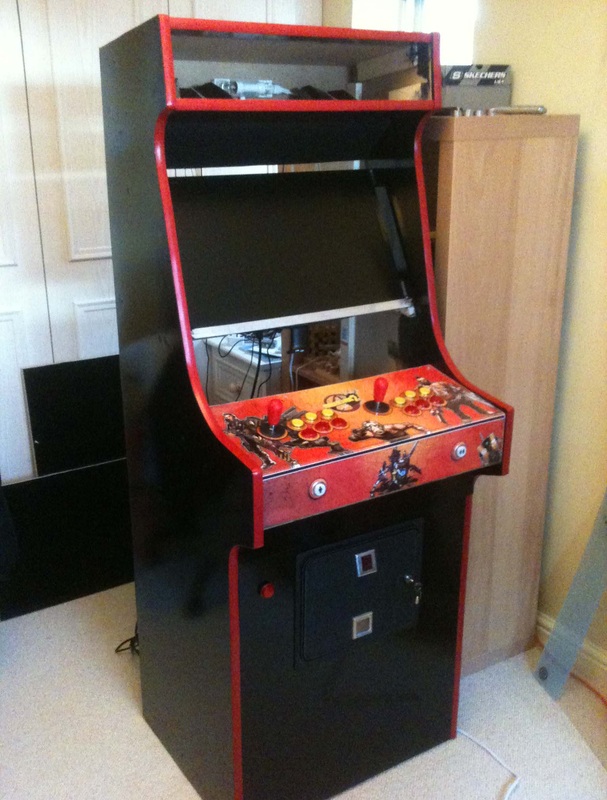
- HOW TO SET UP RETROPIE 3.4 HOW TO
- HOW TO SET UP RETROPIE 3.4 INSTALL
- HOW TO SET UP RETROPIE 3.4 FULL
As mentioned earlier, the default is for Great Britain. You’ll see that the XKBLAYOUT is set to GB. You can do this by pressing F4 on your keyboard after RetroPie loads.Įnter the following command prompt exactly as you see it: To localize your keyboard to the US, you’ll need to get into the command terminal. If you’re in the UK, or you’ve already localized your keyboard, jump ahead to Step 8. If you’re in the US, you’ll need to adjust your keyboard region setting. Let’s start with a key fact that may help you avoid some serious headaches: RetroPie comes from the UK, and there are differences between US and UK keyboards. Method 1 – USB Keyboard Headache Avoidance You can skip to the second method that uses the controller here. The second method allows you to drag and drop a file containing your router’s login information onto your Raspberry Pi’s microSD card and then use a controller to enable Wi-Fi. Many settings on a Raspberry Pi are stored in. Leaving the keyboard layout on the Great Britain layout causes problems with Wi-Fi passwords as the special characters on the European keyboard don’t match US keyboards.
HOW TO SET UP RETROPIE 3.4 HOW TO
As a bonus, I’ll show you how to change the keyboard settings from the Great Britain default to the US. This is super convenient if you have an old keyboard laying around. The first one requires you to connect a keyboard to a USB port on your Raspberry Pi. A brief description of each method is listed below: There are two simple methods to connect RetroPie to Wi-Fi.
HOW TO SET UP RETROPIE 3.4 FULL
If you need a full tutorial on setting up RetroPie, check out my full tutorial here. You’ll also need a keyboard or controller to setup and navigate the menus in RetroPie. Obviously, you’ll also need a functional Wi-Fi router and an internet connection. First, make sure you’ve flashed the RetroPie image to an SD card and you’ve booted it up at least once. The Basicsīefore you connect your RetroPie gaming console to the internet, you’ll need to do a few things. I’ll walk you through everything you need to setup Wi-Fi with RetroPie. I struggled with my first RetroPie setup, and I want you to have an easier time. If you're familiar instead with subshells using ( command1 command2 ) syntax, you'll find the braces behave almost exactly the same way, except that unless you involve them in a pipe the braces will not create a subshell and thus will allow you to set variables inside.Setting up a RetroPie console on a Raspberry Pi can be daunting. Bash treats this as a group of commands, aggregating the output file descriptors so you can redirect all at once. It looks like this: your_command "Hello?" > /dev/nullįor output redirection to a file, you can direct both stdout and stderr to the same place very concisely, but only in bash: /your/first/command &> /dev/nullįinally, to do the same for a number of commands at once, surround the whole thing in curly braces. Redirect output to /dev/null, which accepts all output and does nothing with it.

it closes stdout).Īlso beware that some commands may not handle a closed file descriptor particularly well ("write error: Bad file descriptor"), which is why the better solution may be to. It's easy to remember: >&2 redirects stdout to descriptor 2 (stderr), >&3 redirects stdout to descriptor 3, and >&- redirects stdout to a dead end (i.e. It'll look the same at first, but the latter creates a stray file in your working directory. If you close a file descriptor, you'll have to do so for every numbered descriptor, as &> (below) is a special BASH syntax incompatible with >&-: /your/first/command >&- 2>&-īe careful to note the order: >&- closes stdout, which is what you want to do &>- redirects stdout and stderr to a file named - (hyphen), which is not what what you want to do. Usually, output goes either to file descriptor 1 (stdout) or 2 (stderr). That looks like this: your_command "Is anybody listening?" >&. To eliminate output from commands, you have two options:Ĭlose the output descriptor file, which keeps it from accepting any more input. I would like to know how to show same message while a set of commands are being executed. In case an error occurs then it should be shown to the user. How can I accomplish this task? I will definitely help to make the script more user friendly. Now I want to hide this from the user and instead show: Installing nano. Userid : CentOS-6 Key (CentOS 6 Official Signing Key) Retrieving key from file:///etc/pki/rpm-gpg/RPM-GPG-KEY-CentOS-6

Warning: rpmts_HdrFromFdno: Header V3 RSA/SHA256 Signature, key ID c105b9de: NOKEY The following will show up to the user who executed the Bash: Loaded plugins: fastestmirror
HOW TO SET UP RETROPIE 3.4 INSTALL
How do I hide the output when Bash is executing commands?įor example, when Bash executes yum install nano I want to make my Bash scripts more elegant for the end user.


 0 kommentar(er)
0 kommentar(er)
